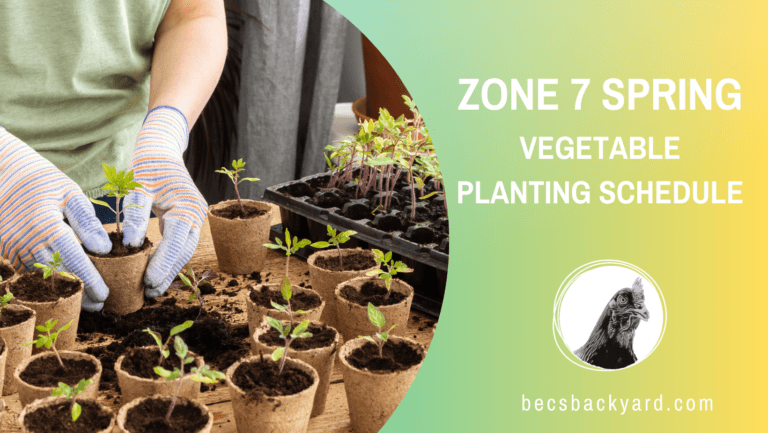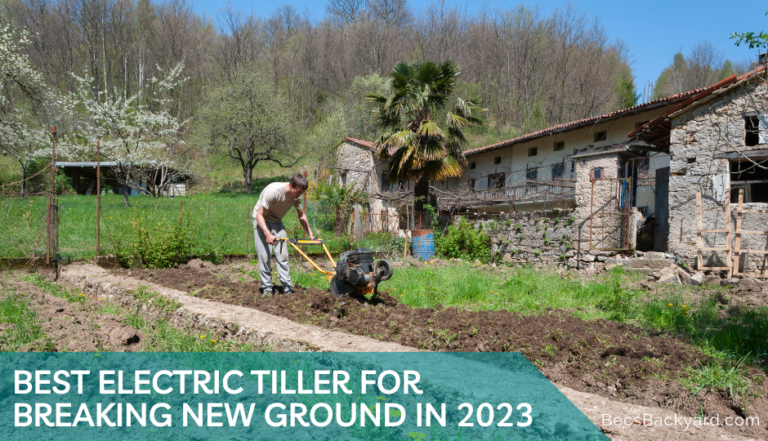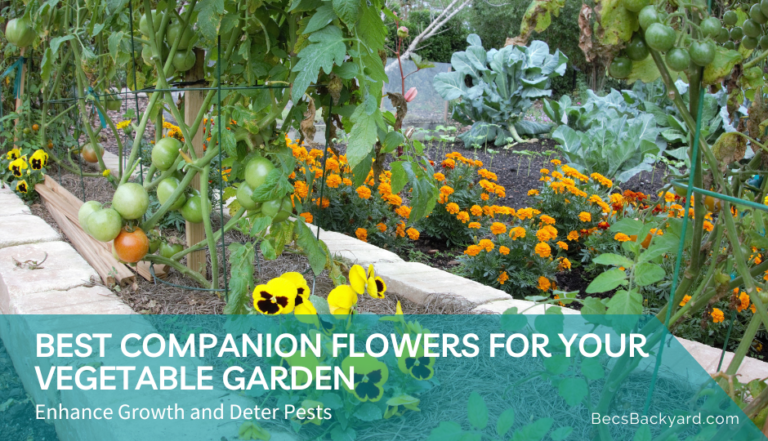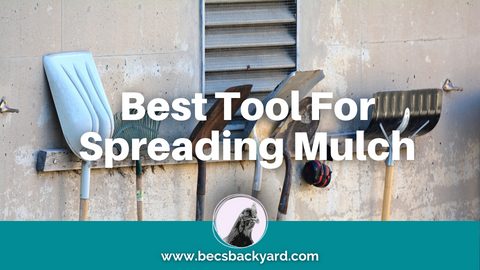Attracting Pollinators to Your Garden: Creating a Bee and Butterfly-Friendly Garden

Imagine a garden bursting with vibrant colors, filled with the gentle hum of bees and the graceful flutter of butterflies. Beyond the aesthetic appeal, these pollinators play a crucial role in our ecosystem and contribute to the abundance of plant life.
By attracting pollinators to your garden you should look to create a bee and butterfly-friendly garden, we not only enhance the beauty of our surroundings but also support these essential creatures. In this blog post, we will delve into the importance of attracting pollinators to your garden and explore various ways to attract bees, butterflies, and other beneficial insects through plant selection and garden design.

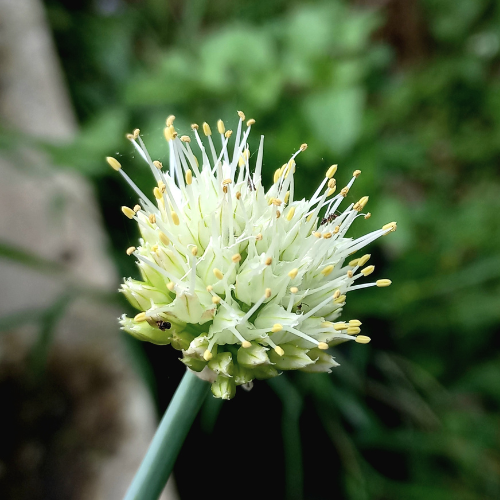



Onion flowers
Cigar Plant
Lavender
Borage
The Importance of Attracting Pollinators to Your Garden
Pollinators, including bees and butterflies, are nature’s unsung heroes. They facilitate the process of pollination, transferring pollen from the male reproductive parts to the female parts of flowering plants. This act is vital for the reproduction and production of fruits, seeds, and nuts. Without pollinators, many plants would struggle to reproduce, and our food systems would suffer greatly. Additionally, these creatures also contribute to the overall biodiversity and health of our environment. So, attracting pollinators to your garden is pretty important.
Choosing the Right Plants
Attracting pollinators to your garden is important and it is essential to select the right plants for your garden. Opt for a diverse range of flowering plants that bloom at different times throughout the year. This ensures a continuous source of nectar and pollen, providing sustenance for pollinators across all seasons. Native plants are particularly valuable as they have co-evolved with local pollinators and are often better suited to their needs. Some examples of plants that attract bees and butterflies include lavender, sunflowers, coneflowers, milkweed, and wildflowers.
Create a Pollinator-Friendly Habitat
In addition to selecting the right plants, it is crucial to provide a suitable habitat for pollinators. Consider the following tips when designing your garden:
Provide Shelter
Incorporate elements like tall grasses, shrubs, and trees to create sheltered areas where pollinators can rest and take refuge from harsh weather conditions. These areas also serve as potential nesting sites for bees.
Add Water Sources
Create a shallow water feature, such as a small pond or birdbath, to provide pollinators with a fresh water source. Ensure that there are nearby perching areas or rocks where they can safely access the water.
Avoid Pesticides
Minimize or eliminate the use of pesticides in your garden, as they can be harmful to pollinators. Embrace organic and natural methods of pest control, such as companion planting and encouraging beneficial insects like ladybugs and lacewings.
Consider a Beehive
If you have space and the inclination, you may even consider installing a beehive in your garden. Beekeeping is a rewarding hobby that not only supports the bee population but also provides you with fresh honey.
Educate and Inspire
Creating a bee and butterfly-friendly garden goes beyond its immediate benefits. It presents an opportunity to educate and inspire others about the importance of pollinators. Share your knowledge and experiences with friends, family, and neighbors. Host workshops, community events, or even open your garden to visitors. By spreading awareness, we can encourage more people to join the effort of preserving these valuable creatures and their habitats.
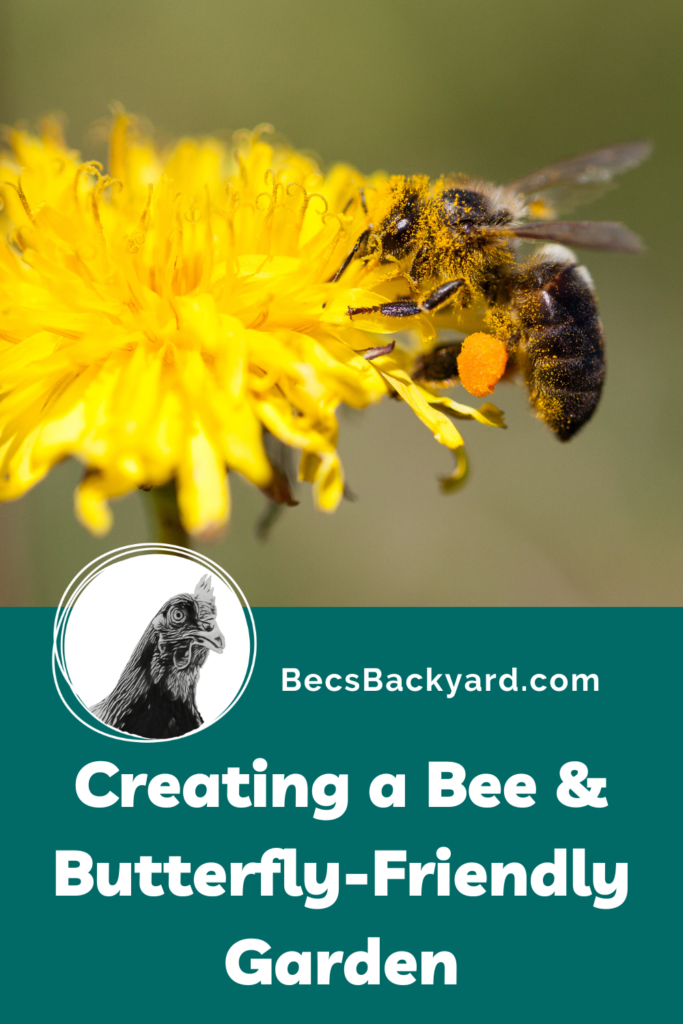
FAQs About Attracting Pollinators to Your Garden
Why are pollinators like bees and butterflies important for a garden?
Pollinators play a crucial role in the garden by facilitating the process of pollination. They transfer pollen from the male reproductive parts to the female parts of flowering plants, which leads to the production of fruits, seeds, and nuts. Without pollinators, many plants would struggle to reproduce, resulting in a decline in biodiversity and negatively impacting our food systems.
How can I attract bees and butterflies to my garden?
To attract bees and butterflies, it’s important to select a variety of flowering plants that bloom at different times throughout the year. Native plants are particularly effective as they have evolved with local pollinators. Additionally, creating a pollinator-friendly habitat with elements like sheltered areas, water sources, and avoiding the use of pesticides can further entice these beneficial insects to visit your garden.
What are some examples of plants that attract bees and butterflies?
There are numerous plant options that can attract bees and butterflies to your garden. Some popular choices include lavender, sunflowers, coneflowers, milkweed, and wildflowers. These plants provide nectar and pollen, which are essential food sources for pollinators.
Are there any other benefits to having a bee and butterfly-friendly garden?
Yes! Besides supporting pollinators, a bee and butterfly-friendly garden offers several additional benefits. It enhances the beauty and aesthetic appeal of your outdoor space, provides a haven for other beneficial insects, contributes to the overall health and biodiversity of your local environment, and can even serve as an educational tool to inspire others to take part in conservation efforts.
Before You Buzz Off
The beauty and productivity of a garden are closely intertwined with the presence of pollinators. By consciously designing our gardens and attracting pollinators to your garden, we not only enhance our own enjoyment but also contribute to the health of our environment. Remember to choose a variety of flowering plants, provide suitable habitats, avoid pesticides, and share your knowledge with others. Together, we can create a network of pollinator-friendly spaces that support the delicate balance of nature.


